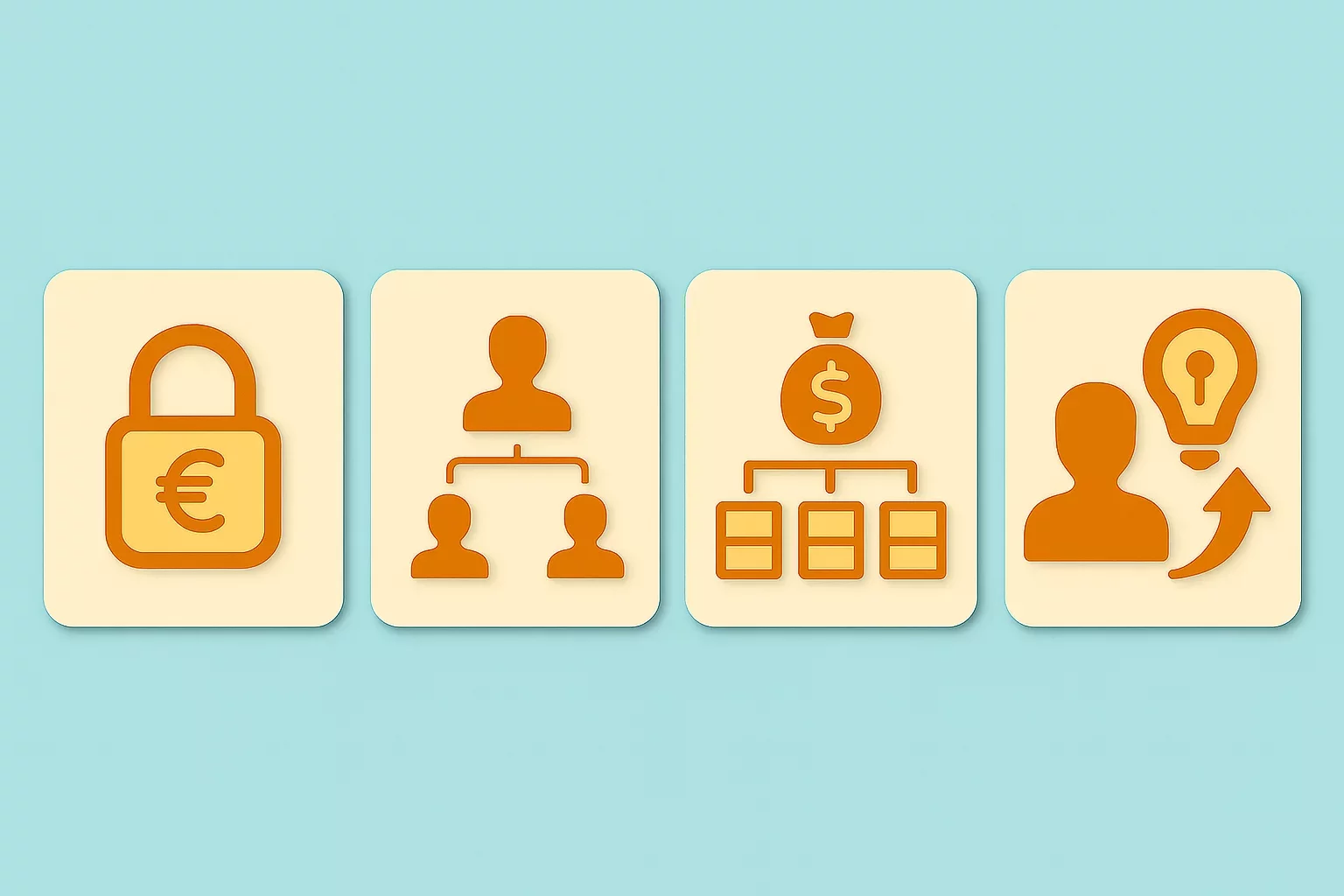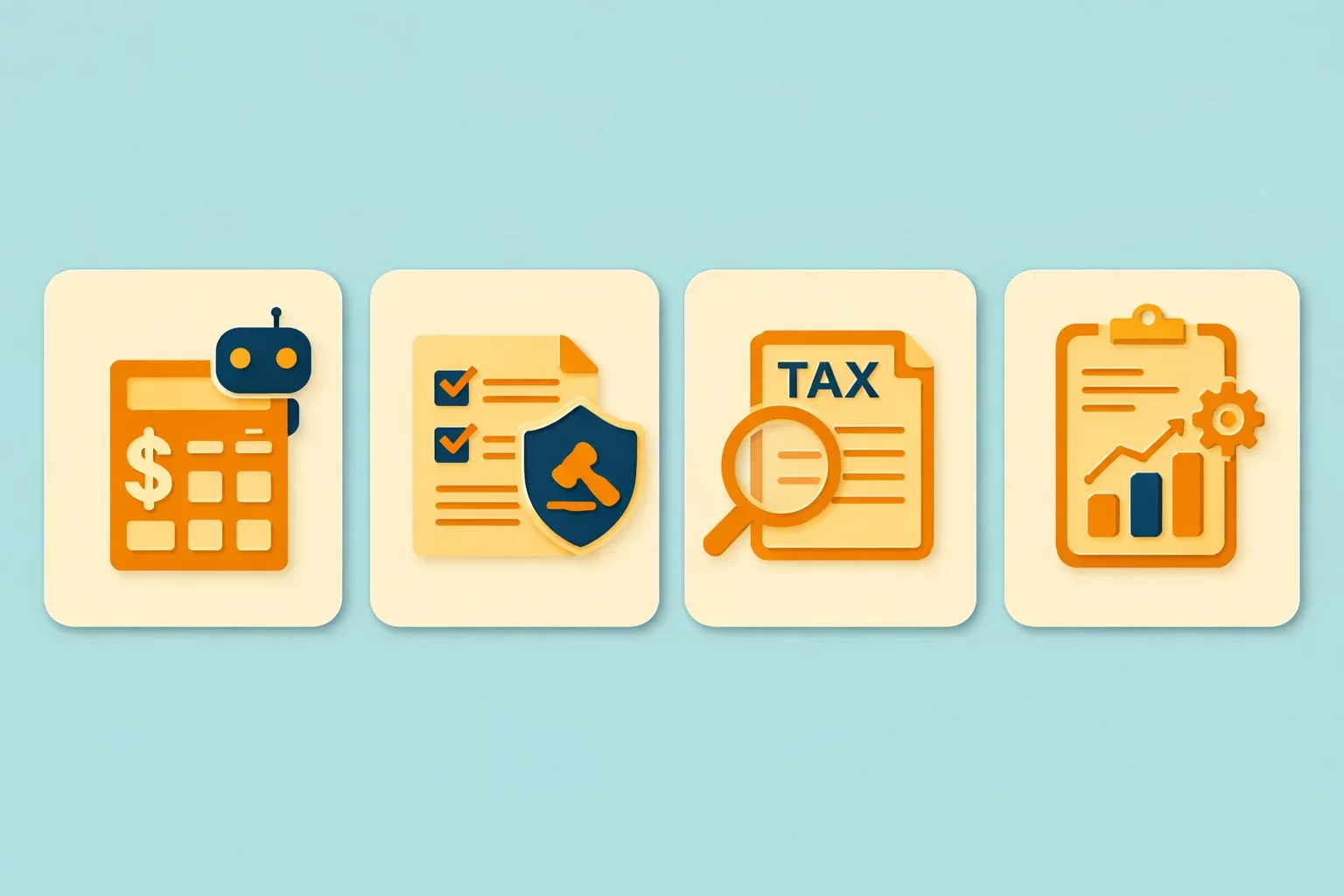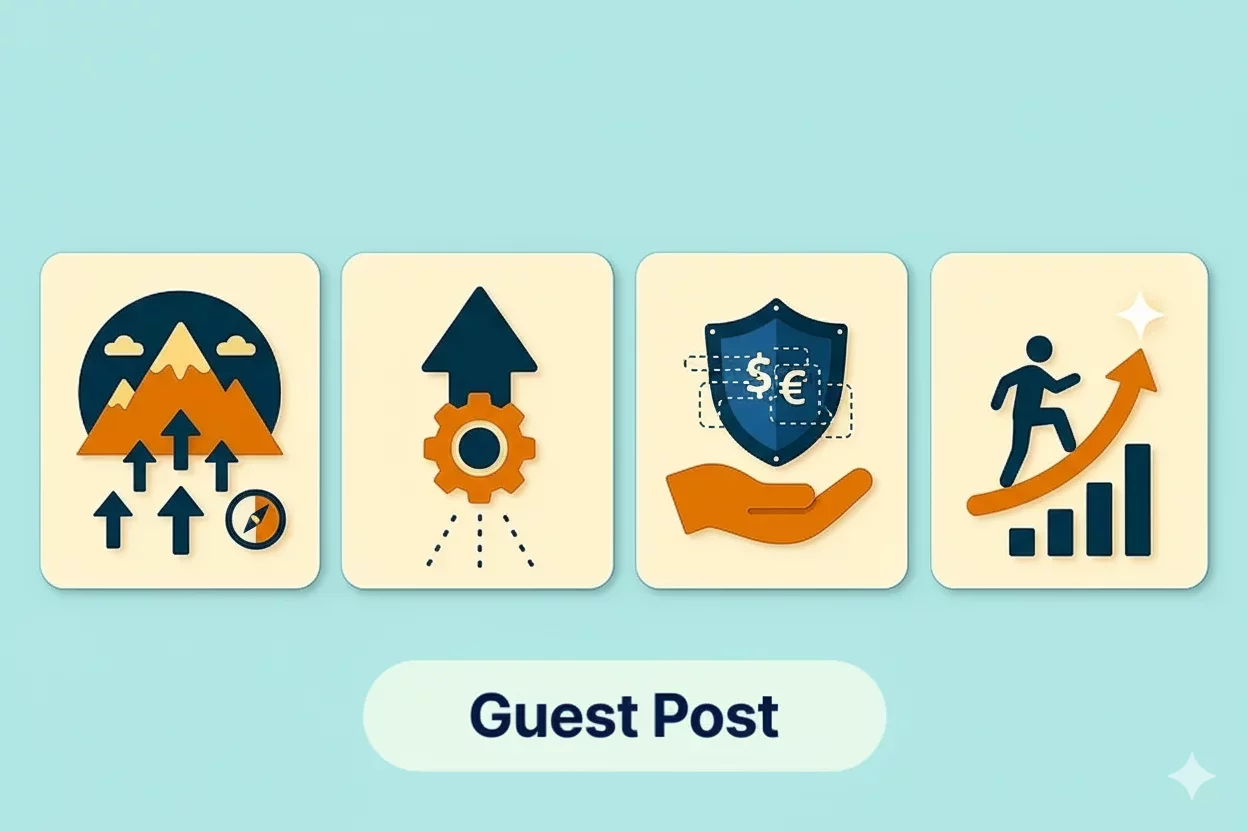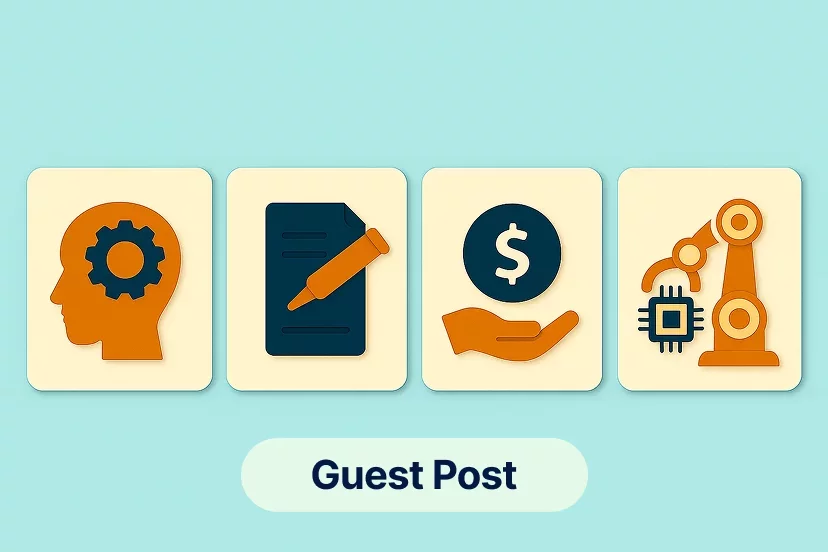Digital Transformation & VAT Compliance: Strategies for Success in the Digital Age

🎧 Prefer to Listen?
Get the audio version of this article and stay informed without reading - perfect for multitasking or learning on the go.
Technology is transforming the economy and business models, forcing governments around the globe to introduce new measures for monitoring and ensuring tax compliance. However, these changes in how tax authorities control taxable persons affect taxable persons and force them to adapt to new rules, regulations, and requirements.
Both small and medium-sized businesses (SMEs) and large multinational companies must modernize their VAT compliance strategies. Therefore, developing a digital transformation strategy might be the key for taxable persons to simplify compliance and use data for business growth.
VAT Compliance Challenges in the Digital Era
The digital era brought many challenges for taxable persons regarding reaching or remaining VAT compliant. Governments worldwide are rapidly changing and updating regulations, where the introduction of digital reporting requirements and mandatory B2B, B2C, and B2G e-invoicing are among the primary trends. Perhaps the most notable example is the EU VAT in the Digital Age (ViDA) reform of the EU-wide VAT system, which aims to modernize VAT reporting and combat fraud.
The rise of e-commerce increased cross-border sales, complicating VAT obligations. As governments realized they were losing significant portions of their VAT revenue, they imposed stricter rules on foreign taxable persons selling their products or services to local consumers. Thus, taxable persons must comply with local regulations and manage a variety of VAT rates, exemptions, and registration thresholds across multiple jurisdictions. This can be particularly challenging for SMEs with limited resources.
Registering for VAT in one country also means respecting filing and payment requirements. Since filing frequency, necessary forms, data, and due dates differ in each country, taxable persons, especially individuals, may be overwhelmed with these requirements.
Finally, digital transactions generate vast amounts of data, including personal data from consumers. Data accuracy, integrity, and security are critical for maintaining consumer trust while staying compliant with VAT regulations.
Technologies Transforming VAT Compliance
As the Tax Authorities increasingly insist on real-time data monitoring, that is, real-time communication between them and taxable persons, individuals and businesses must implement technologies or solutions that ensure real-time capturing and reporting of necessary data. Additionally, taxable persons seek solutions that automate VAT calculation and the VAT return filing process to fulfill their obligations, especially concerning the timely and accurate submission of VAT returns.
Tax engine software emerged as one of the leading solutions for taxable persons. These software solutions integrate with existing Enterprise Resource Planning (ERP) systems to automate VAT calculations. Tax engine software applies correct VAT rates and generates accurate reports to successfully execute its tasks, reducing the space for human-prone errors and enhancing efficiency.
Artificial intelligence (AI) and machine learning (ML) are technologies that analyze transaction data and detect potential compliance risks. Moreover, AI and ML are used to identify patterns that indicate errors, thus enhancing the accuracy of VAT reporting.
Blockchain is mainly used as a decentralized ledger for recording transactions, contributing to data transparency and immutability. Solutions based on blockchain offer taxable persons more verifiable data for audit purposes.
Finally, cloud-based solutions are suitable for taxable persons operating in multiple jurisdictions, as they can store data and facilitate real-time data sharing between departments and tax authorities. Additionally, cloud-based solutions improve scalability for taxable persons, especially those entering new markets.
Practical Steps for Creating an Implementation Strategy
Developing a comprehensive strategy to integrate technology into VAT compliance involves several equally essential steps. The first step that taxable persons should take is to assess current processes. Taxable persons can identify inefficiencies and weaknesses by thoroughly reviewing existing VAT compliance procedures.
With a clear idea of their current status, taxable persons should define objectives and requirements, such as reducing manual errors, increasing reporting accuracy, or complying with new regulations. Defining these objectives will guide them in selecting the appropriate technology or solution to help them achieve their goal of digital transformation.
Once the objectives for digital transformation are defined, the next step for taxable persons is to evaluate and select the most suitable solution. In this stage, taxable persons should research and compare available technologies and solutions that align with their needs and budgets.
Some key factors to consider are the possibility of integrating with existing systems, user-friendliness, vendor support, efficiency gains, and risk mitigation benefits. There is no one-size-fits-all solution, and the needs and possibilities of SMEs and large companies differ.
Developing an implementation plan, which involves creating a detailed roadmap outlining steps for technology and solution deployment, including deadlines, key milestones, predicting potential challenges, and contingency measures, is a step that should be taken seriously. In addition, a detailed implementation plan includes the names of key stakeholders who will carry out the implementation and monitor its success.
One of the most common mistakes is that the implementation strategies do not include precise employee training on the new systems and processes. Employees must be familiarized with the latest systems' capabilities and procedures to execute the plan effectively, ensure a smooth transition, and ensure the selected solutions are used to the maximum extent.
Finally, continuous monitoring of the solutions' performance and evaluation of compliance outcomes help taxable persons identify areas for further improvement. Moreover, conducting a regular in-house audit will ensure that the used solution keeps up with taxable persons and changing regulations.
Conclusion
Implementing new systems and solutions in daily business operations can be complicated and burdensome, especially for SMEs with limited assets. However, taxable persons can decide on the proper technology or solution by understanding the challenges, needs, and requirements and following a structured implementation strategy.
Moreover, this approach will contribute to enhanced compliance, reduced risks, and overall operational effectiveness. As tax authorities continue modernizing their approach and implementing technologies to monitor and audit taxable persons, staying ahead of these changes is crucial for business success in an increasingly complex regulatory environment.
Source: PwC, EY, Thomson Reuters, OECD, European Parliament, VATabout - The Rise of Automated VAT Returns: Key Opportunities and Limitations, VATabout - EU Digital Reporting Requirements: Essential Guide for Non-Resident Taxpayers

Featured Insights

Angola’s E-Invoicing Mandate: Phased Implementation Continues Into 2026
🕝 December 10, 2025
VAT Deduction and Business Succession: When Do Advisory Costs Serve the Company’s Interest?
🕝 December 8, 2025
Europe’s Plastic Fiscal Shift: Why Italy’s Plastic Tax Now Starts in 2027
🕝 December 3, 2025
The Decline of Low-Value Import Exemptions: Closing Gaps in Cross-Border E-Commerce
🕝 November 20, 2025More News from World
Get real-time updates and developments from around the world, keeping you informed and prepared.
-e9lcpxl5nq.webp)























-7xdqdopxl6.webp)


-a9bz8kz2cs.webp)































